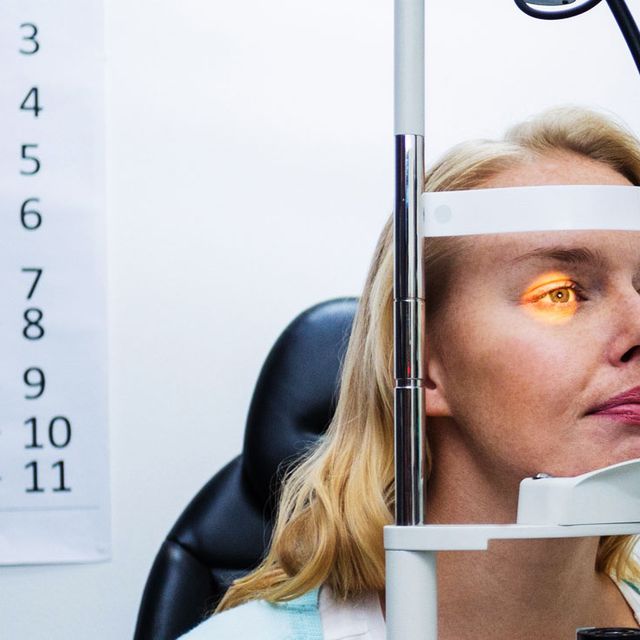
Blog

Diabetic retinopathy is a common eye disease that affects individuals with diabetes. It is one of the leading causes of adult blindness. It occurs when blood sugar levels that are out of control and damage the blood vessels in the eye’s retina. The retina is the part of the eye that detects the light. It then uses the optic nerve to send signals to the brain. When the vessels are damaged, bleeding, or fluid leakage occurs. The damage can also cause abnormal growth of blood vessels on the retina.
During the early stages of retinopathy, an individual may not notice the changes in his vision. However, over time the condition gets worse, resulting in vision loss. Diabetic retinopathy often occurs in both eyes. An eye examination can detect the disease in the early stages. This helps an individual to get early treatment, which can slow down or prevent vision loss. The following are diabetic retinopathy’s four stages.
Mild Nonproliferative Retinopathy
Also known as background retinopathy, this is the early stage of the disease. During this stage, the blood vessels have a few small swellings called microaneurysms. The swellings can cause a little blood to leak into the retina. The individual will not usually exhibit problems with the vision at this stage. It is, however, important to keep monitoring cholesterol levels, blood sugar, and blood pressure.
Moderate Nonproliferative Retinopathy
Here, the minute vessels on the retina swell, resulting in the obstruction of blood flow leading to physical damage. Blood, together with other fluids, builds up on the macula, which is the retina’s central area. This results in a problem in this important area of vision. Most individuals with this moderate retinopathy get macular edema, and their vision is significantly affected.
Severe Nonproliferative Retinopathy
The blood vessels in this stage are more congested, and this limits the flow of blood getting to the retina. This triggers the retina, signaling it to make new blood vessels. The result is macular ischemia, a condition where there’s a complete obstruction of blood vessels. The individual ends up with blurry vision as dark spots appear in his or her field of vision. This condition increases a person’s risk of experiencing vision loss.
Proliferative Retinopathy
During the proliferative diabetic retinopathy stage, signals coming from the retina trigger growth of fragile and abnormal blood vessels. This advanced stage sees new growth on the eye’s clear surface and the retina. The fragile blood vessels can leak a relatively large volume of blood in the eyes. This hemorrhage can lead to vision loss. The bleeding can also lead to the formation of scar tissue that can result in a detached retina, causing blindness.
There is no treatment for diabetic retinopathy. However, preventive strategies can be used to avoid complications and vision loss. Regular eye testing and monitoring can help to detect the disease in its early stages. Other prevention strategies include controlling blood sugar levels and managing diabetes. Eating a healthy diet and getting regular exercise are also helpful. It is important to maintain healthy cholesterol and blood pressure levels.
To know more about diabetic retinopathy, visit Super Optical Express at our offices in Gainesville, Florida. You can also call 352-702-9700 to book an appointment today.



